The recurrence of the border shelling between the rival armies from Kupwara to Poonch at the peak of a pandemic does not augur well for the immediate future, more so, for the summer ahead, writes Riyaz Wani
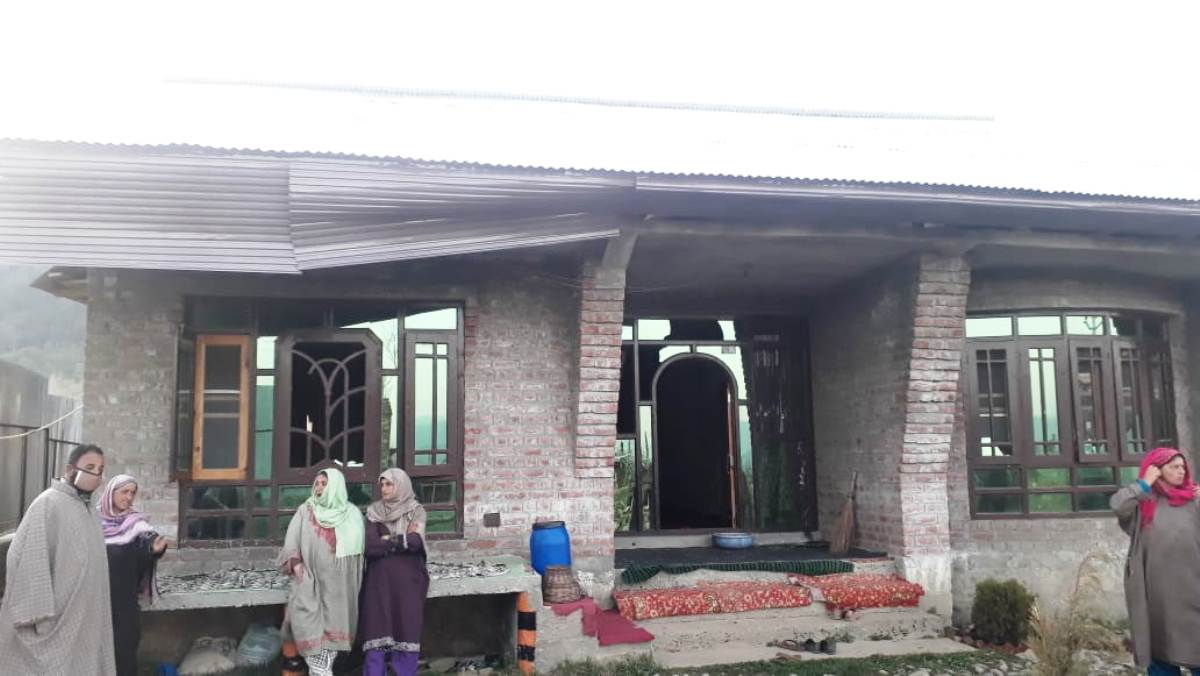
At a time when India and Pakistan desperately need to attend to the Covid-19 pandemic within their countries, they have found time to fight each other along the Line of Control (LoC), and kill soldiers and civilians. Last week, five soldiers, five militants and four civilians died in the violence and continuing artillery duels along the LoC, the makeshift border in the region. Indian army also said that it responded to the Pakistani ceasefire violation and had destroyed terror launch pads, and ammunition dumps on the Pakistani side of Kashmir. The relations between the two countries have once again taken on a fraught dimension. This interplay of conflict and disease in Kashmir has threatened to take the focus away from the war against Coronavirus.
The fallout of these events doesn’t augur well for the immediate future, more so, for the summer ahead. There is a possibility that the intermittent skirmishes could escalate into a bigger confrontation. The bitterness between the neighbours now runs much deeper than before. After the revocation of Article 370 in August 2019, the leaders of the two countries have now even given up the pretence of showing interest in the engagement. This has let the violence take the centre stage again.
There is another dimension to the story: security agencies in Kashmir claim Pakistan is pushing militants into Kashmir under the cover of border firing. And the killing of five security personnel – all from an elite battalion, serves to validate this claim. If that be so, the summer ahead could be expected to be hot. More so, when the region’s geo-politics too looks set to change after Taliban’s likely return to power in Afghanistan following the recent agreement with the US.
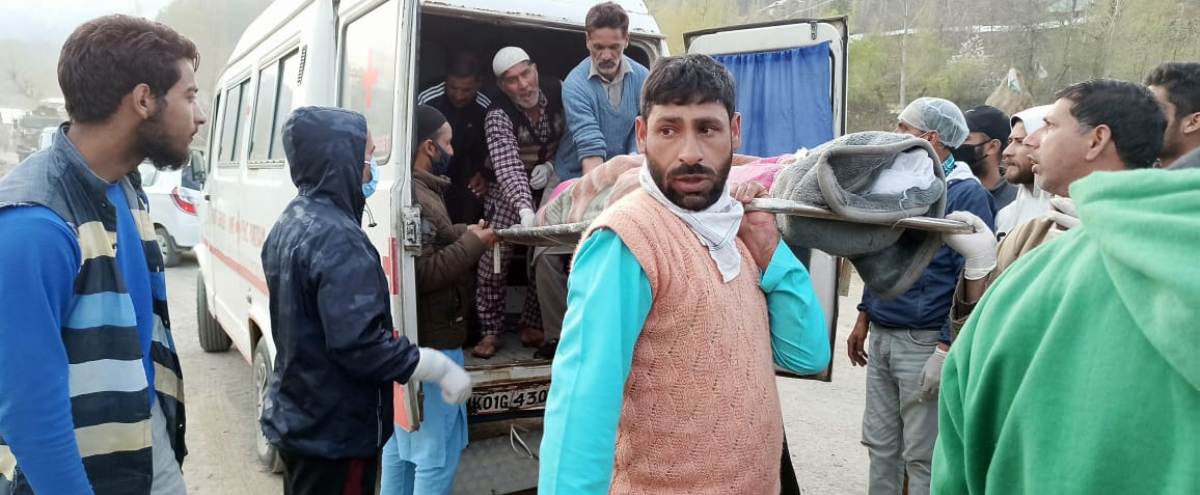
Even though the neighbours keep bringing up the 2003 ceasefire agreement, the escalating trend of the violent border exchanges over the recent years have already unravelled the accord which had otherwise held strong for close to a decade. The calm borders had become an important factor in the normalization of the relations between the two countries, enabling them to start one of the most promising dialogue processes through 2003-2007, which by accounts of the top leaders of the two countries who were at the helm of it was close to a breakthrough on Kashmir.
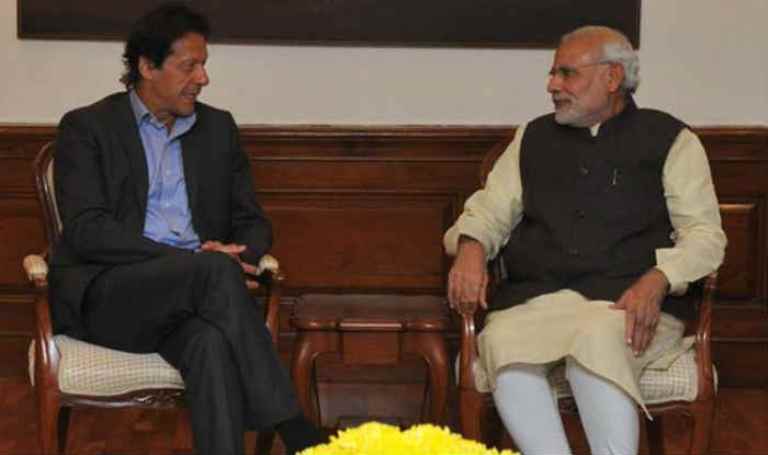
Looking back at the time, it seems unbelievable that a drawn promising dialogue had actually taken place. All hopes of a return to this process have been dashed since 2014 when Narendra Modi led BJP took power at the Centre. After a feeble attempt at a political engagement with Islamabad in the early period of his government that went nowhere, Modi lost interest in such a pursuit. Ever since the government has followed an irremediably belligerent policy towards its neighbour leading to surgical strike and Balakot attack in response to major militant strikes. Balakot operation nearly brought the neighbour to the brink of war after Pakistan responded, triggering a dog fight between them. The withdrawal of Kashmir’s special status in August has plunged the relationship to its lowest. The prospects of dialogue have since drastically diminished.
This situation is a far cry from the dialogue between former Prime Pakistan Manmohan Singh and the then Pakistan president Pervez Musharraf who championed radically flexible four-point proposals which envisaged a Kashmir solution without any radical geographical modifications. New Delhi had gradually warmed up to the ideas. By the time they could come around to sign a historic agreement, Musharraf lost power.
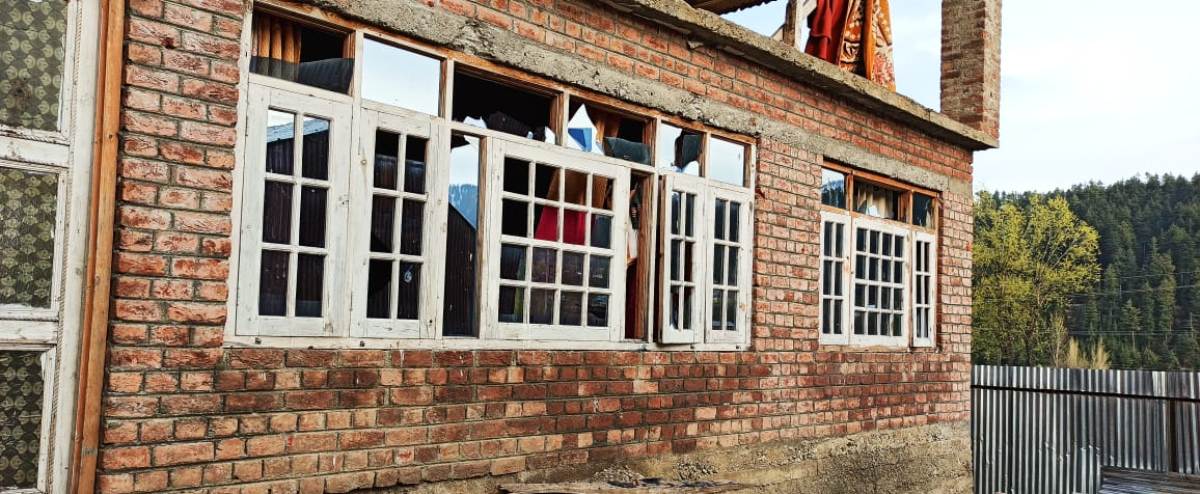
The BJP has contended in the past that even seven decades of the talks with Pakistan have not achieved any desired result, so there is no merit in the argument that the engagement helps. While the argument does appear true, it is specious. A dialogue will only succeed when the two sides engage in it meaningfully with an intention to resolve the lingering issues. But in the case of India and Pakistan, the issues are so complex and the positions of both the countries are so rigid that each one wants a solution on the maximalist terms possible. The result is the continuing hostility between the neighbours. The frequent exchange of firing along the borders in Kashmir and the consequent loss of lives is one of the most visible facets of it. And it is a tragedy.
With the return of the border eruptions with a vengeance alongside the continuing break in engagement, there is little hope that the situation will improve. If left unaddressed, things can only go from bad to worse and possibly lead to dangerous consequences. And it is the people of Kashmir who have to endure its tragic cost. Loss of four civilians, that includes a six year old boy, has once again shown that Kashmiri lives as expendable. The picture of the wailing mother looking at the sky while holding the body of his six year old son symbolizes the tragedy of this place.
Along with killings, there is displacement too. People have to leave their villages and escape to safe shelters in other villages. This time it was not easy to do so due to outbreak of Covid-19. The families in other safer areas refused to let them in and for valid reasons as doing so went against the prevailing practice of social distancing. What is more, there are no bunkers for people in these areas as is the case along the international border and the LoC in Jammu and some parts in Kashmir. But as was found during the previous LoC exchanges, bunkers are no solution. People have to leave their homes and hearth, sometimes in the middle of the farming season.
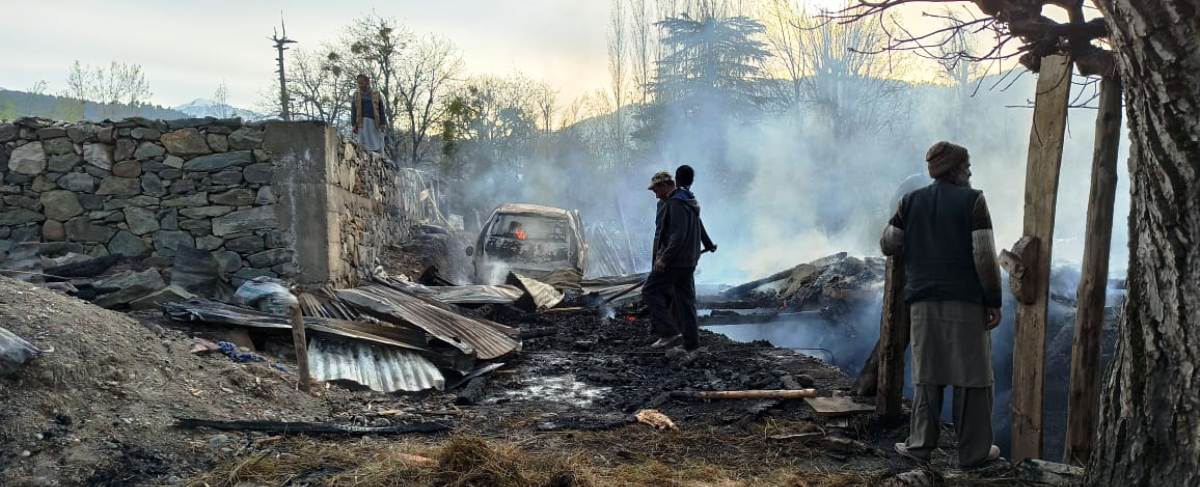
As things stand, the cross-LoC firing looks set to continue, inflicting tragedy upon tragedy on the people. This is deeply troubling and bodes ill for the future. And if there is an escalation, there is no knowing where it will end with both nations being nuclear-armed. It will completely destabilize the region. But even if there is a catastrophic war between the two countries, its conclusion will not resolve the issues.
The two countries thus need to get real and practical about the state of affairs which is something that hasn’t happened for the past more than seventy years. The lingering confrontation between them serves none. In fact, it serves the political needs of the governments in power than any practical ends. If India and Pakistan do resolve their issues, it will be to their mutual benefit.
Hence the need for the two countries to reach out to each other and pull the situation back from the brink. With dialogue already suspended and tensions rising high, India and Pakistan can ill-afford to let the border skirmishes go on unchecked and escalate into a major conflict.
At the same time, however, the dialogue between them is also a distant possibility. The nullification of Article 370 and now issuing of the new domicile rules has left little space for a bilateral engagement and compromise on Kashmir. And in turn, this situation has created an ample scope for violence. Here’s hoping the two countries understand the dangerous consequences of this new dynamic in their relations and take steps to create conditions for a long term peace in the region.















